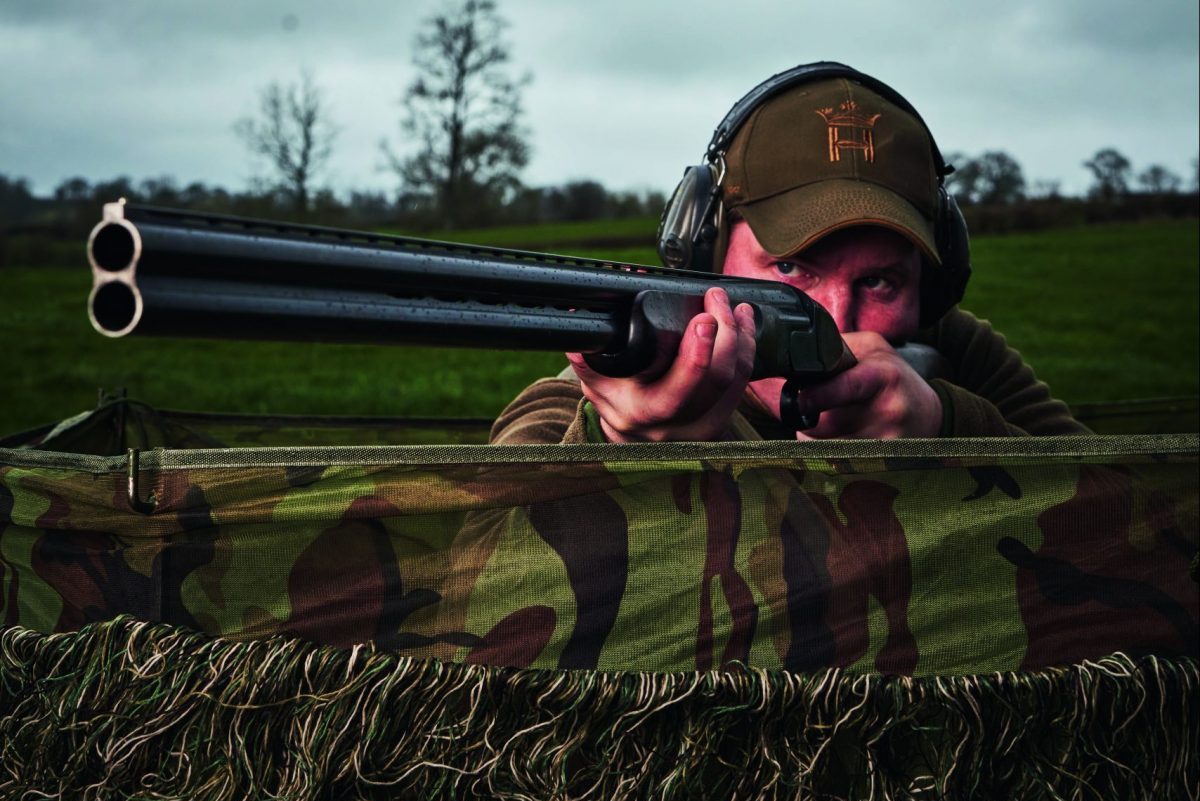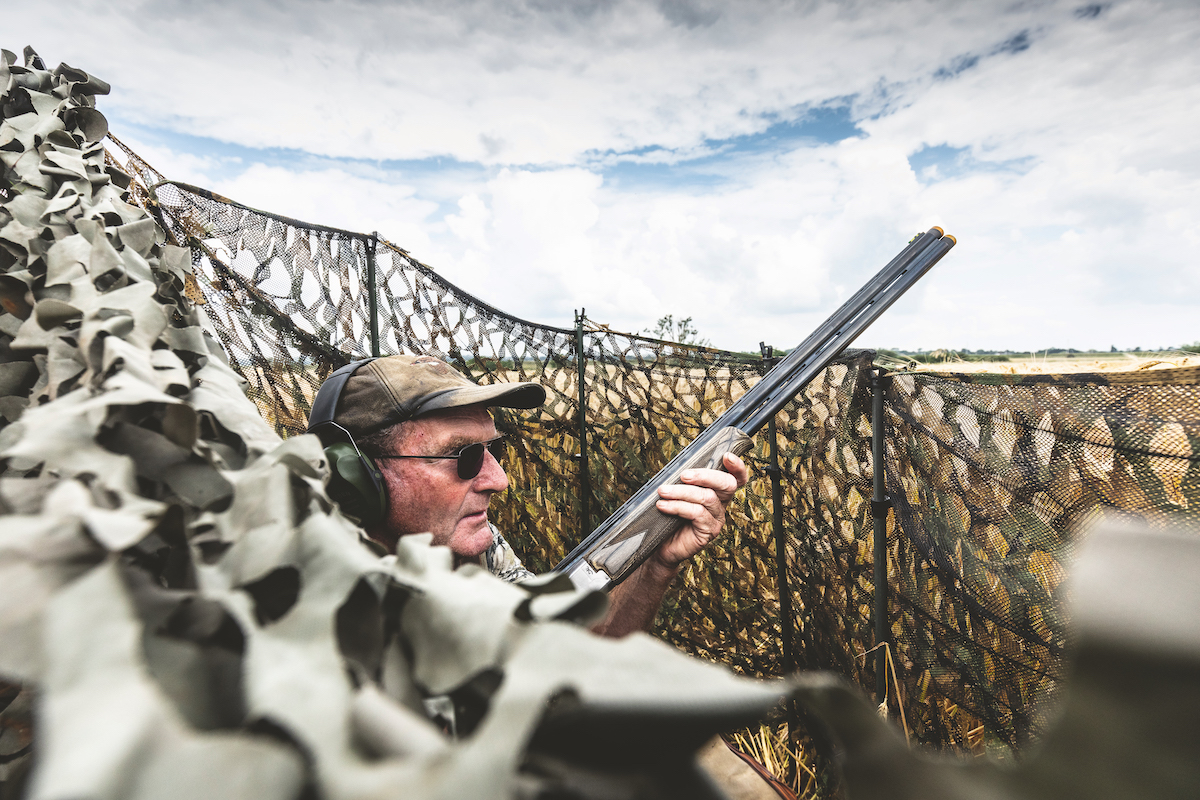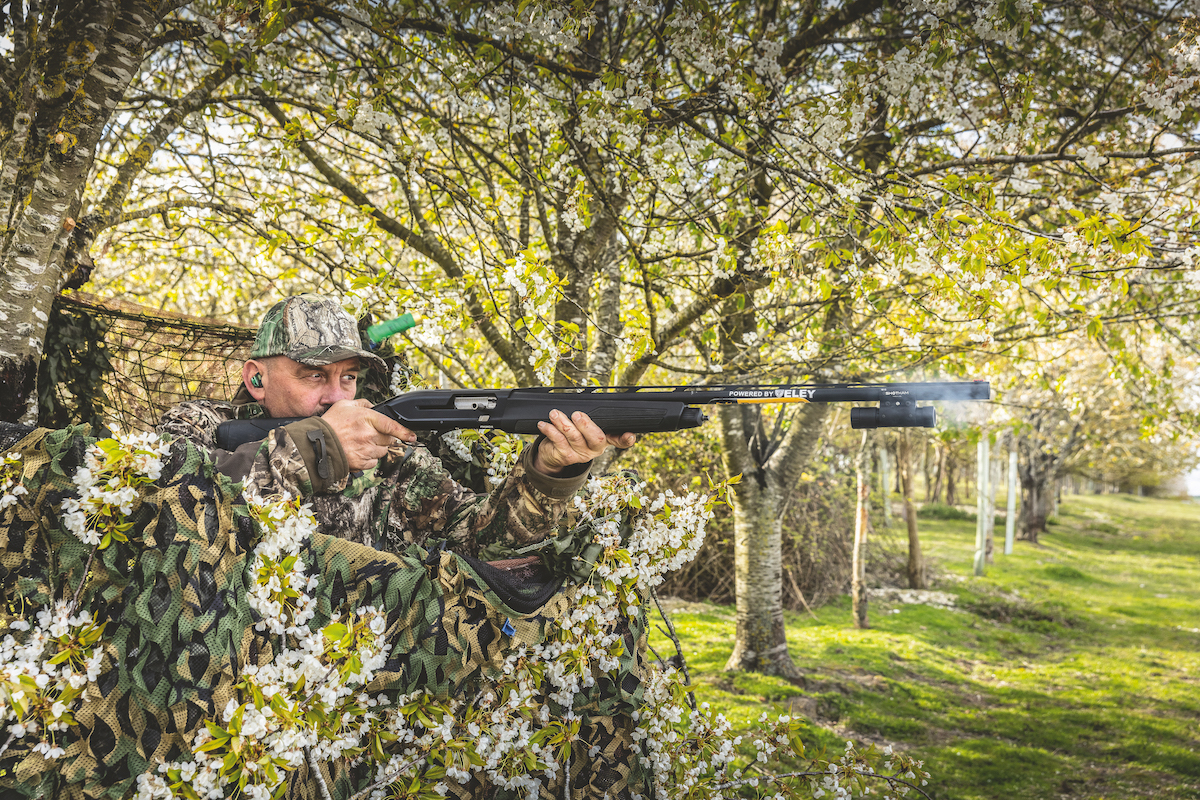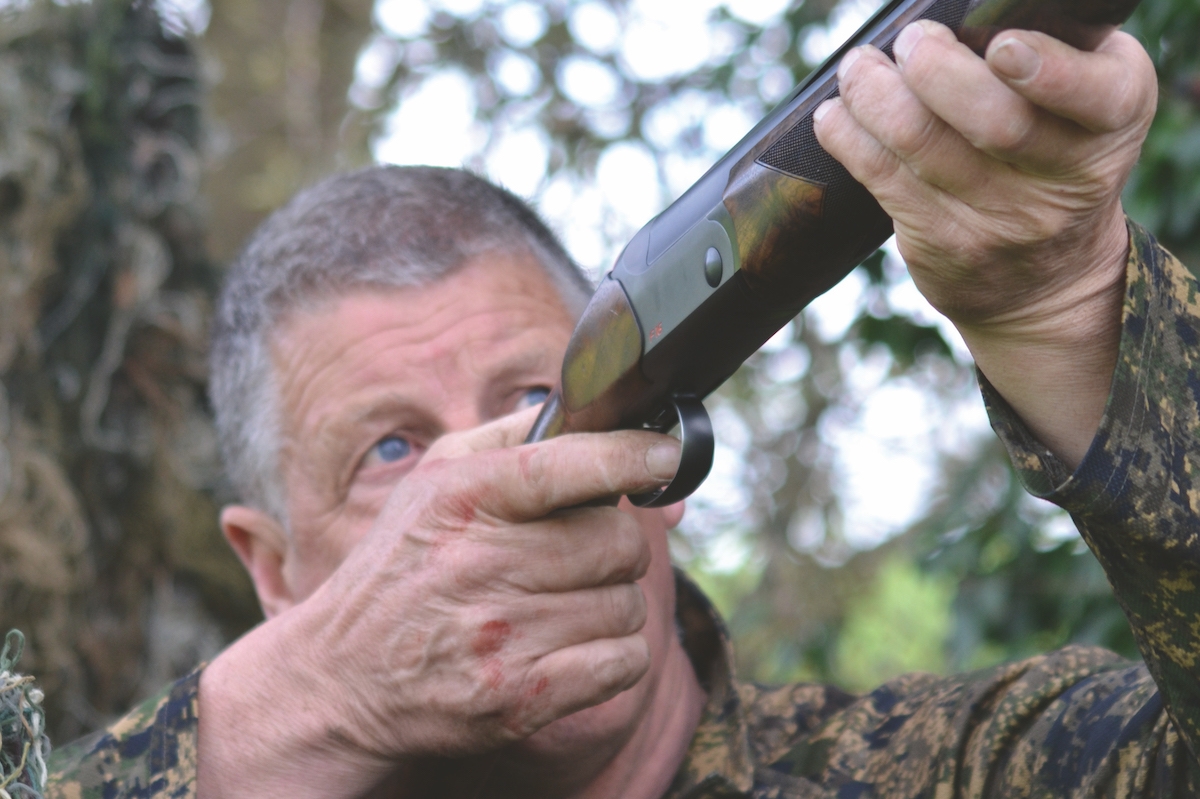Pigeon control – why paying attention to weather matters
Paying attention to the weather is one of the most effective ways to ensure successful pigeon control all year round, writes Tom Payne

The fascination, obsession and reward pigeon control gives the countryman is unrivalled, I believe. I have a good friend who speaks of the elusive silver salmon in the same way, but he has gillie-like skills. I’m a seriously passionate grouse shot, but the way I look at it is that it’s the gamekeeper who is the skilled one; he is the one who understands the birds’ behaviour, needs and habitat. This is how I think of myself with pigeons.
Am I the gamekeeper of the woodpigeon? I suppose, in a way, I am. I understand their habitat, behaviour, food sources, problems and breeding habits, and I control their numbers for crop protection too. But whether you are fishing for salmon, walking-up grouse or roosting pigeon, each requires a common aspect — fieldcraft. We pigeon shooters know all too well the importance of your reconnaissance and the conditions you choose to shoot in.
I’m often asked about ideal weather conditions for pigeon control, and almost every enthusiastic pigeon shooter will look at me and say, “Cloudy, overcast and really windy, that’s what you need.” Although this is correct to a certain degree, it’s a little more technical than that. The ideal conditions you shoot in will vary depending on the time of year and the crop. So, let’s begin with the seasons.
As the clocks go back, marking the beginning of spring, pigeon shooters can expect flocks to start breaking up. The birds start forming what I call ‘small squadrons’. For early spring drill, if you can get a nice sunny day with light cloud, your decoys really stand out. A light breeze of around 10 to 12mph is perfect for controlling the birds to their chosen field. Those are blissful spring drilling conditions.

Noting the conditions and the pigeons’ movements prior to shooting will help dictate your decisions when you set up for the day
We’ve had some incredibly early spring drill this year, from the end of January into early February, and while some birds switched on to the drilling, most stayed on wild harvest and winter green crops. Effectively, they stayed in ‘winter mode’.
The problem with peak spring is the number of ‘restaurants’ open to the greedy woodpigeons. Over spring crops such as failed or backward rape, young peas, spring rape, mustard or a green covercrop of some sort, it is very common to shoot late afternoon, especially on a warm afternoon with a light breeze. A 10 to 15mph wind makes for cracking conditions to maximise those spring months.
I find myself, at present, waiting for a break in the weather. Constant wet days have pulled birds on to grazed clover, and the fluctuating temperatures can change their behaviour overnight. I find myself having to think about where to look as their feeding habits revert back into winter mode once again.
When we draw to the end of spring and into the summer, the laid and standing crops hit the menus with vengeance. It’s an important time as the crops are now at their most vulnerable and will not recover from the damage caused. As the temperature increases, the wind becomes very important. Birds will be travelling in ones, twos and small gangs, but what will reduce their movement is extreme heat. It can be a warm day, but a bit of cloud cover and a 12 to 15mph wind can be a game-changer. In these conditions, birds will move well to feed, and from a decoying or flighting point of view that good wind will control them into their chosen field and focus the line. This is very important over a standing crop, where they could end up going wherever they want on a still day.
When the harvest starts, the conditions heat up and so does the chance to really get a handle on managing pigeon numbers on farms and estates in the UK. With extreme summer heat and blazing sun, birds will tend not to move. But put a good wind in the mix — again 12 to 15mph — then things change. Add a bit of cloud cover and a slight reduction in temperature — 22 to 25°C — and you will have ideal conditions for shooting over stubbles. This will give you a decent decoying session with times of feeding starting around 11am and finishing around 5.30pm, with the peak feeding being in the afternoon.

The recent rain has pulled birds on to grazed clover; droppings are a telltale sign of feeding pigeons
Early harvest
Autumn is a funny time these days. Autumn drillings are not as prosperous as they once were and, with harvests being early, shooting a stubble in late September or early October seems a thing of the past. Coming off the back of the harvest, crops are limited and the wild harvest will be on the menu once more as late stubbles turn to dirt and are drilled.
Birds begin to flock in the later months of autumn. The wet weather can kick in at this time and unfortunately heavy, constant rain is a non-runner. Sporadic showers with a good wind of 15mph are perfectly fine to shoot in, but as the warmer conditions of early autumn start to fade, we look to start shooting in more wintry conditions.
The winter months are dark, wet and miserable. With short days, possible snow, cold frost, clear skies and a bright winter sun, there are quite a few conditions to take into account when protecting winter crops. When decoying during these cold months, the wind is your main ally. Woodpigeons are flocked during the winter, so you are relying on a wind to break those flocks or they will just travel as one to feed. That is an impossible decoying situation and will be why many of you pull your hair out and regale the classic story of “one shot and they are all gone”.

A sunny spring day with light cloud and a breeze of around 10mph is perfect, and Tom Payne makes the most of a break in the weather
If you decide to shoot on a day with little or no wind, and shoot at the entire flock as they descend on you in mass, you inevitably educate the entire flock and they will never return to the field again that day. The ideal wind and conditions for your winter pigeon decoying is broken cloud with sun — which helps your decoys to stand out — and a wind speed between 15 and 25mph. Pigeons struggle to decoy when the wind is much stronger than 25mph in the winter. However, if you are roosting, then gale-force winds can be useful — but be careful around the trees.
Weather plays a big part in our success in managing pigeon numbers throughout the year, and it also plays a huge part in the behaviour of the birds. Always remember to note the conditions when you watch birds feeding prior to shooting; their behaviour will dictate your decisions and how you best decide your battle plan — where you place your hide, direction of pigeon traffic and where your chosen spot is on the field. If the weather conditions change then so can their behaviour and your entire plan for the day is ruined.

Pigeons flock to the trees down in the valley — if the weather conditions change, then so can the birds’ behaviour
Maximise your outings
Weather is a major aspect of consistent success on pigeons and, if you ignore it, or shoot in less than ideal conditions, then you will never maximise your outings. As a pigeon shooter, you should always aim to get the most from the situation that’s in front of you.
Never let bag size cloud what you are trying to achieve. Bag size is inevitable if you have good numbers feeding on crops, but it is how you achieve that bag is the key. A good bag is the end result of achieving success with the fundamental aspects of pigeon shooting — fieldcraft and reconnaissance come first, then an ability to shoot straight comes into play afterwards.








